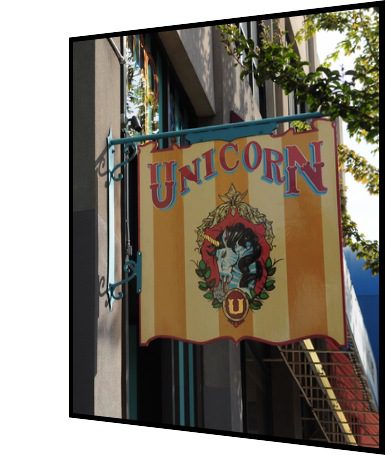 Alright digital banking fans (note 1), it’s that time of year again for our annual look-back at the previous year, along with a fearless forecast for the rest of the decade and beyond.
Alright digital banking fans (note 1), it’s that time of year again for our annual look-back at the previous year, along with a fearless forecast for the rest of the decade and beyond.
The report, Digital Banking Forecast: 2014 to 2023, includes our take on future U.S. household penetration levels of online banking, mobile banking and billpay. While online banking has been relatively flat, with low-single-digit growth, mobile has exploded, expanding ten-fold in the past 5 years and now reaching about one-third of U.S. households. We are four or five years away from the tipping point where more households bank via smartphone than by desktop.
It also includes a revised 10-year forecast for U.S. peer-to-peer lending. After growing almost eight-fold in the past two years, we expect continued strong growth of 30% compounded annual through 2023. And with the expected blockbuster IPO of Lending Club (note 2), the area will receive a LOT of attention in the press this year.
Finally, we update our list of top-10 project priorities for 2014.
__________________________________________________________________
Top developments of 2013
__________________________________________________________
The report includes a summary of the top-10 developments during the year (in alphabetic order):
- Bitcoin proves there is demand for a global virtual liquid asset
- Coin’s programmable credit card is a viral hit
- Crowdfund investing, both debt and equity, gains serious traction globally
- Mobile-first banks such as GoBank, Moven and Numbrs arrive on the scene
- Mobile login gets simplified at Bank of the West, Capital One, GoBank and others
- P2P lending moves beyond a niche as Lending Club originates $2 billion
- Photo billpay launches at US Bank and First Financial
- Regions Bank adds time-based fees to remote mobile deposit
- Square and Google enable true email-based peer-to-peer payments
- Yodlee shows the power of mobile in financial collaboration with Tandem
__________________________________________________________________
New entrants into the OBR Hall of Fame
__________________________________________________________________
Each year we rank the top online/mobile innovations of all time (North America). A total of 50 achievements are listed from 51 companies:
- 18 banks
- 5 credit unions
- 11 non-bank financial services companies
- 17 fintech companies
Two new entrants were added this year:
- Capital One’s non-alphanumeric mobile login, SureSwipe
- Yodlee’s mobile financial collaboration tool, Tandem
__________________________________________________________________
About the report
__________________________________________________________________
Digital Banking (Online/Mobile) Forecast (link)
The next 10 years: 2014 through 2023
Author: Jim Bruene, Editor & Founder
Published: 9 Jan 2014
Length: 36 pages, 29 tables, 13,500 words
Cost: No extra charge to OBR subscribers, US$495 for others here
__________________________________________________________________
Report excerpts:
Left: GoBank and Moven set the mobile bar high
Right: 10-year P2P lending forecast


———————————
Notes:
1. Can we agree that “digital banking” equals online and/or mobile banking?
2. Lending Club could be the biggest fintech startup IPO of all time.
 Yesterday, Bank Innovations named five emerging U.S. fintech hubs (outside NYC, Silicon Valley and Boston). Its up-and-comers were: Atlanta, Austin, Lincoln, Miami and Washington DC. While Austin and Atlanta made sense, I was surprised by Miami, DC and especially Lincoln, Nebraska.
Yesterday, Bank Innovations named five emerging U.S. fintech hubs (outside NYC, Silicon Valley and Boston). Its up-and-comers were: Atlanta, Austin, Lincoln, Miami and Washington DC. While Austin and Atlanta made sense, I was surprised by Miami, DC and especially Lincoln, Nebraska.


 Update: An update of this post
Update: An update of this post 








